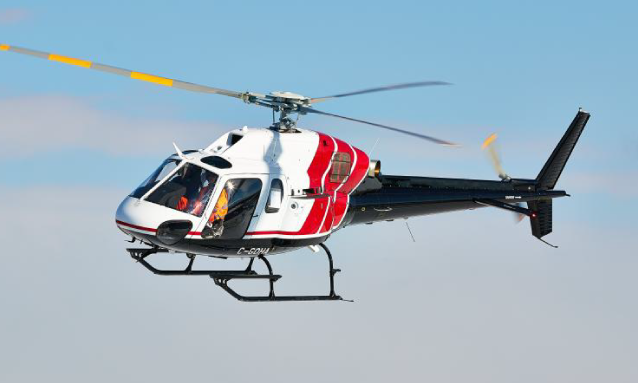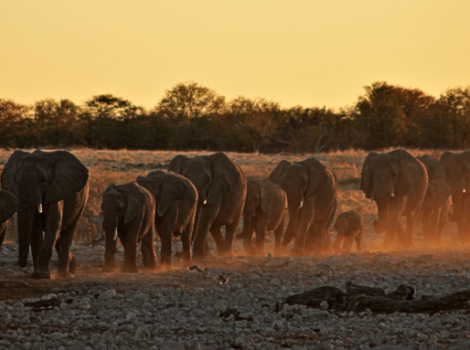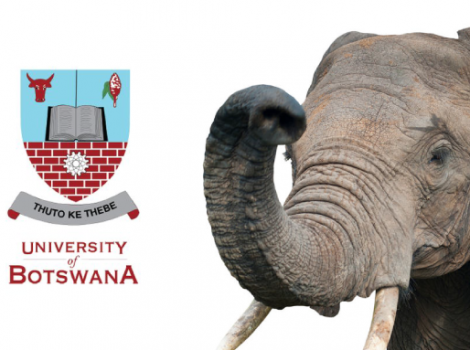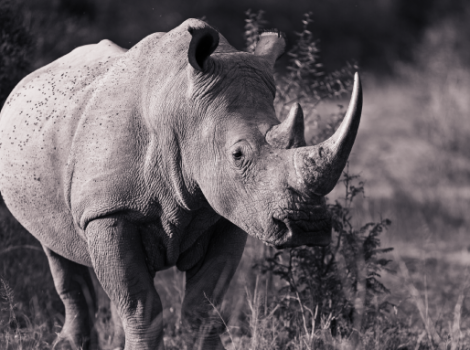
The statistics are dire. Less than 4,000 tigers are left in the wild. The western black rhino and northern white rhino are now extinct outside of protected reserves. These animals and hundreds of other species are victims of poaching – killed for their pelts, horns, tusks, shells, etc. – and sold around the world as trophies, medicine, clothing, jewellery and exotic meat. Poaching is second only to habitat destruction as a threat to the future of the world’s endangered animal populations, according to the World Wildlife Fund. The “bad guys” are poachers, to be sure, aided by sophisticated trafficking networks. But the guilty also include consumers.
“We often fly over areas that we usually don’t see from the ground and we can see when there is a problem happening in that area. The helicopter helps in alerting our team to that problem.” – Carl-Heinz Moeller, Chief Pilot for the Namibian Ministry of Environment and Tourism.
Stepping up the effort
Heroic efforts are taking place to combat wildlife crime, from educational campaigns like the one in international airports to Namibia’s increase in resources earmarked for on-the-ground anti-poaching. At least two countries have added the H125 helicopter to their arsenal in the anti-poaching fight. The Botswana Police Service employs one of four H125s for anti-poaching missions, in addition to their regular law enforcement duties. And Namibia’s Ministry of Environment and Tourism employs an H125 to perform game capture, aerial surveys and game counts and for general park management.
“Our aircraft falls under wildlife support services,” says Moeller.
“We often fly areas that we usually don’t see from the ground, and we can see when there is a problem happening in that area. The helicopter helps in alerting our team to that problem.”
An aerial deterrent
“One advantage of the aircraft is [that] constant aerial surveillance of the area does deter people from the outside from getting in,” says Moeller, who often overflies Etosha National Park. “And it helps the ground staff when they go out, as aerial support; it gives them a bit of confidence,” Moeller adds.
The H125 is well-suited to the high and hot environment in Africa.
“When you talk about the performance of this aircraft in relation to the climate and conditions in Botswana, we are sitting roughly between 3,200 and in some places 5,000 feet and the temperatures are a little bit high,” says E.S. Morris, Assistant Commissioner with the Botswana Police Service, and Chief Pilot of the air support branch.
“The H125s have performed well in this situation. There is nowhere in the country where I would say the aircraft wouldn’t perform.”
Source: World Wildlife Fund-WWF, airbus.com



